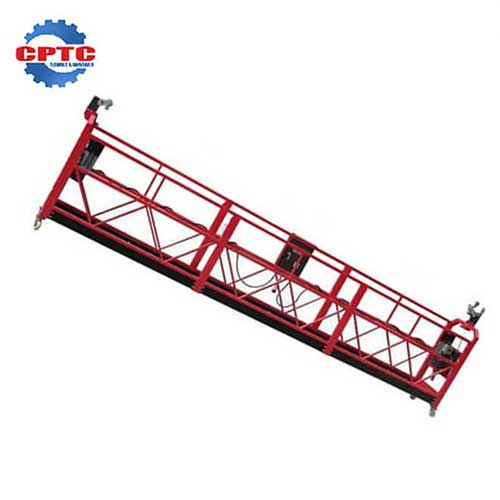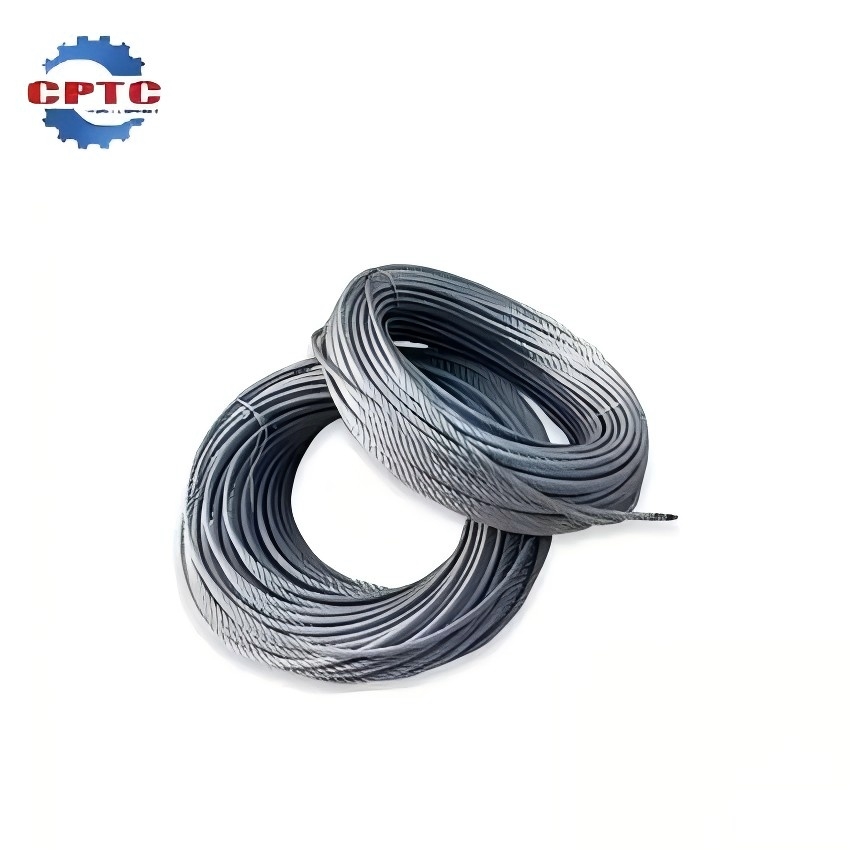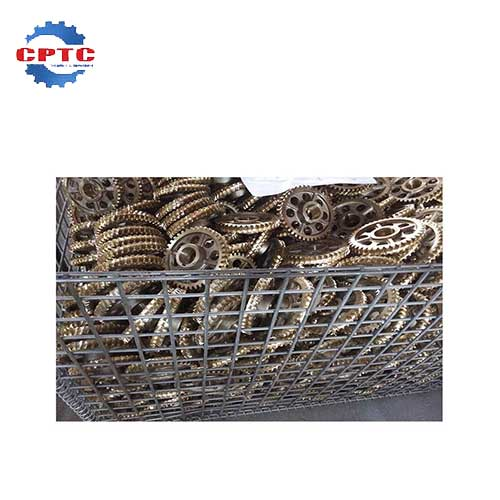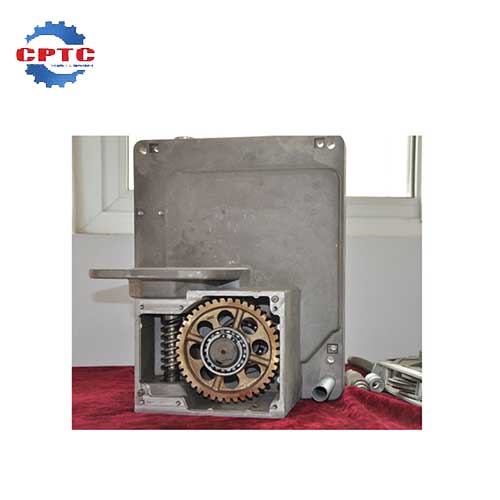Cranes are essential pieces of equipment in various industries, from construction to manufacturing. However, operating cranes in windy conditions can pose significant safety risks. Strong winds can cause the crane to sway, making it difficult to control and increasing the risk of accidents, such as collisions, structural damage, and even the collapse of the crane itself. To mitigate these risks, the use of anemometers has become crucial in modern crane operations.

What is an Anemometer?
An anemometer is a device used to measure wind speed. It comes in various types, each with its own unique design and operating principle. Some common types include:
- Cup anemometers: These consist of three or four hemispherical cups mounted on a vertical axis. The wind rotates the cups, and the speed of rotation is proportional to the wind speed.
- Propeller anemometers: These have a propeller that spins in response to the wind. The speed of the propeller rotation is measured and converted into wind speed.
- Sonic anemometers: These utilize the time it takes for sound waves to travel between two points to determine wind speed.
- Hot-wire anemometers: These measure wind speed by detecting the cooling effect of the wind on a heated wire.

The tower crane anemometer is a large, intelligent wind speed sensing and alarm device specifically developed for tower cranes. It utilizes an advanced microprocessor as its control core and adopts advanced digital communication technology. The system boasts high stability, strong anti-interference capability, and high detection accuracy. The anemometer cup is made of special materials, offering high mechanical strength and wind resistance.
The Necessity of Using Anemometers on Cranes
Wind is an indispensable natural factor in construction. Strong winds can lead to serious accidents such as tower crane imbalances and collapses, affecting the safety of construction personnel and the progress of construction. Therefore, accurately and timely obtaining wind speed information in the work area is of great significance for preventing wind disasters and ensuring construction safety.
By monitoring wind speed changes in real-time, tower crane anemometers provide data support for construction managers, helping them adjust construction plans and take necessary protective measures based on wind speed conditions, thereby effectively preventing wind disasters.

How do Anemometer Work?
The tower crane anemometer is an intelligent wind speed sensing and alarm device equipped with an advanced microprocessor as its core control unit and advanced digital communication technology. The device employs high-precision wind speed sensors to monitor wind speed variations in real time and transmits the data to the microprocessor for processing.
Based on the rotation of anemometer cups or wind vanes, the device measures wind speed and direction. As the wind blows past the cups or vane, a rotational torque is generated, driving the cups or vane to rotate. By measuring the rotational speed, the wind speed and direction can be calculated.
When the wind speed reaches a preset alarm value, the anemometer emits an audible and visual alarm to alert the operator of changing wind conditions, prompting them to take timely safety measures.
Where are Anemometers Installed on Cranes?
Anemometers on tower cranes are typically installed at the top of the tower crane to measure the wind speed at the highest point. When installing, factors such as the tower crane’s structure, height, and weight need to be considered to ensure a secure and reliable installation. Common installation points include:

- Top of the crane: This location provides the most accurate measurement of wind speed and direction at the highest point of the crane, where wind forces are generally strongest.
- On the jib: Installing the anemometer on the jib allows for direct measurement of wind forces acting on the boom itself.
- On a separate mast: In some cases, anemometers may be installed on a separate mast adjacent to the crane to provide a more unobstructed measurement of wind conditions.
What Wind Data Measurements are Displayed on the Receiver?
The receiver unit of the anemometer system displays various wind data measurements, including:
- Instantaneous wind speed: The current wind speed at the time of measurement.
- Average wind speed: The average wind speed over a specified time interval.
- Gust wind speed: The maximum instantaneous wind speed recorded during a specific period.
- Wind direction: The direction from which the wind is blowing.
- Wind gusts: The frequency and intensity of wind gusts.
- Alarm thresholds: Pre-set wind speed and gust thresholds that trigger alarms when exceeded.
How to Choose a Suitable Anemometer?
Selecting the right anemometer for a specific crane application requires careful consideration of several factors:
- Accuracy and precision: The anemometer should provide accurate and reliable wind speed and direction measurements.
- Durability and reliability: The anemometer must be able to withstand harsh environmental conditions, such as rain, snow, and extreme temperatures.
- Response time: The anemometer should have a fast response time to accurately capture wind gusts and sudden changes in wind conditions.
- Ease of installation and maintenance: The anemometer should be easy to install and maintain, minimizing downtime and maintenance costs.
- Compatibility: The anemometer should be compatible with the crane’s control system and any existing safety systems.
- Cost: The cost of the anemometer should be considered within the overall budget for crane safety equipment.

Trying the CPTC Tower Crane Wind Anemometers
CPTC offers a range of tower crane wind anemometers designed to enhance crane safety. These anemometers are likely to feature:
- High accuracy and precision: Utilizing advanced sensor technology to provide accurate and reliable wind measurements.
- Robust construction: Designed to withstand the harsh environmental conditions typically encountered in construction sites.
- User-friendly interface: Easy-to-read displays and intuitive controls for operators.
- Integration capabilities: Compatible with various crane control systems and safety interlocks.
- Compliance with industry standards: Designed to meet or exceed relevant safety standards and regulations.
By incorporating CPTC tower crane wind anemometers into their operations, crane operators can:
- Improve safety: Reduce the risk of accidents caused by high winds.
- Increase efficiency: Minimize downtime due to adverse weather conditions.
- Enhance productivity: Maintain consistent and efficient operations even in windy conditions.

In Summary
The use of anemometers is crucial for ensuring the safe and efficient operation of cranes in windy conditions. By accurately measuring wind speed and direction, anemometers enable crane operators to make informed decisions about lifting operations, adjust their work procedures accordingly, and ultimately prevent accidents.
Related Products
ZLP Series Suspended Platform
Simple and quick installation
Multiple security measures
Stable and…
Wire Rope
High Tensile Strength and Durability
Compliance with Safety…
Worm Wheel
Precise control for smooth operation
Simple…
Hoist Gearbox
Stable and reliable operation, secure
High flexibility, adjustable speed
Wide range…





